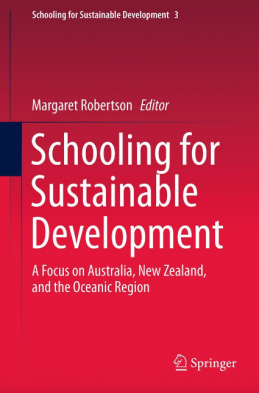Adapting urban environments to climate change: A case study of Melbourne, Australia
Abstract
For the first time in global history more people worldwide are making their homes in the urban rather than the rural realm. Australian cities are world leaders in this trend. As a result of physical processes that are clearly understood scientifically, cities are considerably warmer than their rural surrounds. This is highly significant since that urban warmth is superimposed upon any background global climate warming, with some important implications, including for human health, since people become ill and die under conditions of excessive heat. Additionally a move towards urban consolidation that is evident worldwide, driven by the need to reduce encroachment on rural land and the need to increase transport/energy/carbon efficiency, threatens to further increase urban temperatures. This chapter, using the city of Melbourne Australia as an example, presents recent research and policy development on these matters and argues strongly that a holistic approach needs to be taken to matters involving building and urban design to develop more resilient and sustainable cities for the future. Those involved in urban development and design must incorporate a range of approaches known to reduce urban temperatures (irrigated green infrastructure, smart building materials, etc.) at the same time that consolidation and further urbanisation proceeds. However on a positive note, actively pursuing heat reduction strategies in urban environments, where most of the global population now live, and where temperatures are already significantly elevated, might provide us with some important “head room” to manage and adapt to the increased temperatures associated with future climate change.
